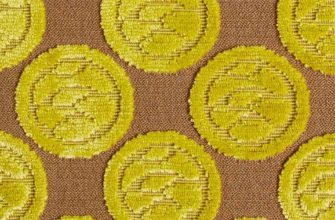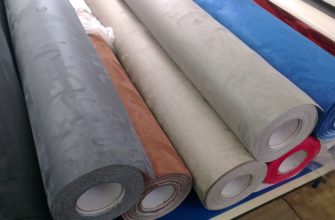Sometimes, even if we try to take care of things, unforeseen situations still happen. Scratches and abrasions can appear at the most unexpected moment! But don’t worry, the super-product “Liquid Leather” will help return your favorite things to their original appearance. This is a real find for the home: with its help, you can update furniture, refresh worn-out shoes and even return chic and shine to a worn leather jacket. Don’t miss the chance to extend the life of your things – “Liquid Leather” will do it easily and quickly!
What is Liquid Leather?
Liquid leather is an amazing composition that copes well with painting and eliminating minor defects on various products. It will fill in damaged areas and return the product to its original appearance.
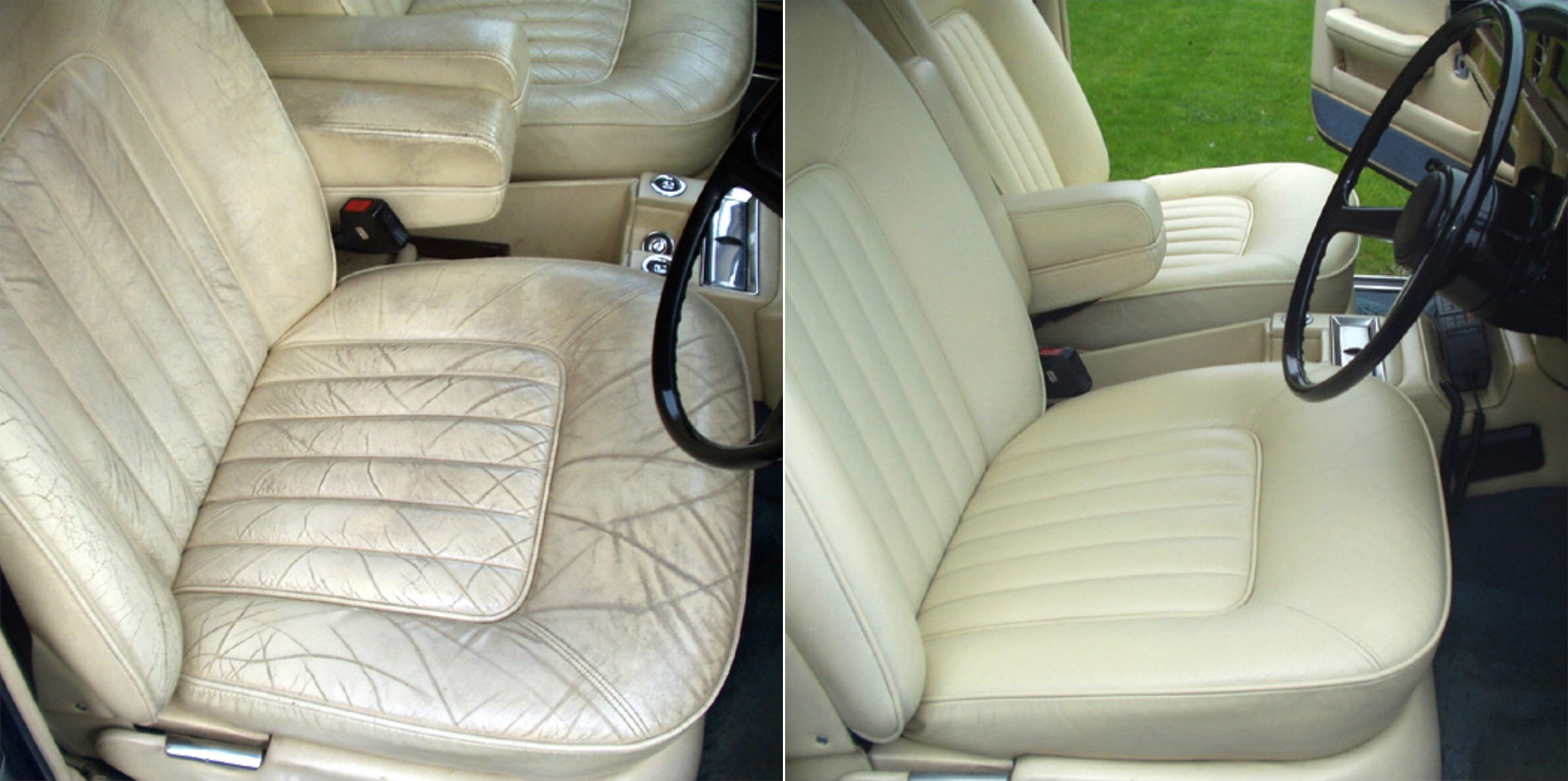
Want to quickly fix a scratch on a leather product? Don't worry, acetone will help you! Just apply a few drops of solvent with a medical pipette to the damaged area. Then carefully scrape off the dissolved paint with a spatula and cover the scratch. If you have deep cuts, use special glue and a backing to fix them.
Once the repaired area is processed, arm yourself with liquid leather. It will quickly be absorbed, and when it dries completely, the damage will become completely invisible. The main thing is to choose the right color of dye or mix shades to return the product to its former magnificent appearance.
Although this product is most often used to repair leather goods, it can also be used to fix minor defects on vinyl or leatherette. Liquid leather resembles a thick polymer cream, and for more serious damage, first glue the backing, and then paint after the glue has completely dried.
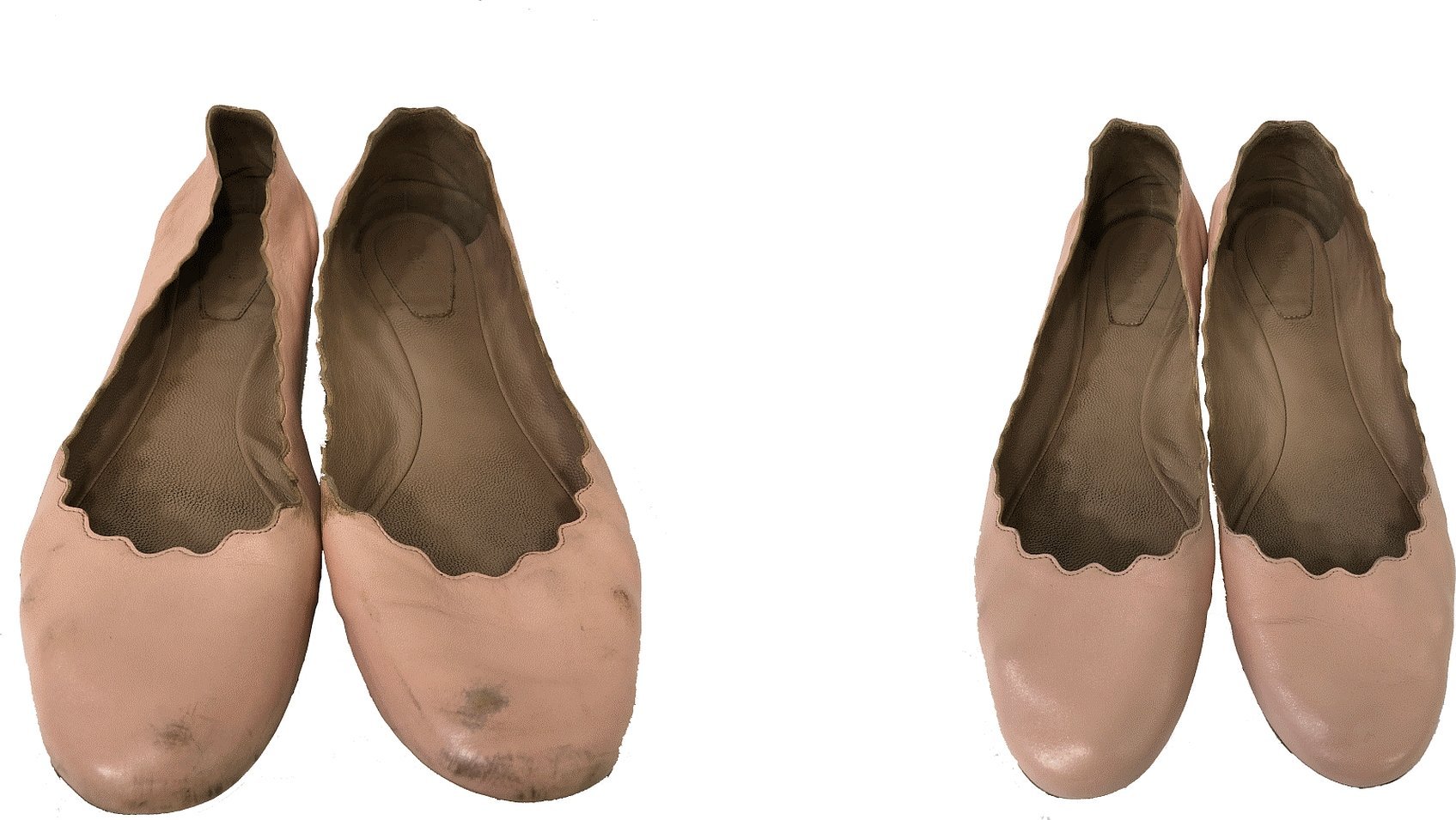
Composition of the product "Liquid leather"
Manufacturers of "liquid leather" use alcohol, water, and polymer dyes in their mixtures. When you apply this mixture, it soaks into the damaged area of the leather product and then dries in the air. Keep in mind that this is not a glue, but rather a coloring composition.
Important! Some versions of these mixtures may contain an adhesive base and rubber resin, which makes them more flexible. If you prefer, you can create a similar liquid yourself using acrylic paints.
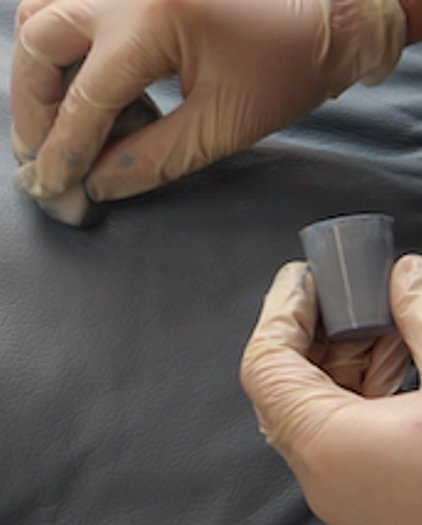
Advantages of our product
With our composition you can easily solve many problems. For example, you will be able to:
- extend the life of the worn surface of your items;
- forget about minor defects, scratches and abrasions;
- disguise needle punctures or glued pieces of leather with leather liquid;
- radically change the color of your product;
- restore severely damaged leather surfaces;
- change the texture of the coating using putty and leather liquid;
- save money on buying new things to replace old ones that look worn out.
Important! Minor repairs to shoes and leather goods can be done by yourself.
If your heels are scratched or the toes of your shoes are worn out, it's easy to fix it at home. But with a leather sofa that has been damaged by a cat's claws, it's not so convenient to take it to a service center, and calling a repairman will cost a pretty penny. Why not try to restore it yourself?

Create "Liquid Leather" with Your Own Hands
Didn't find the right shade for your repair? No problem! Make your own "Liquid Leather" - it's easier than it seems!
You will need:
- acetone solvent;
- pipette;
- a piece of leather similar in quality and texture;
- knife and small spatula.
To make "Liquid Leather", use the same material as for restoration. Using acetone, carefully dissolve the desired area. Transfer the scraped leather particles to scratches or wear. Rub them into the damaged areas with a spatula. After drying the area, paint it with a composition of a suitable color.
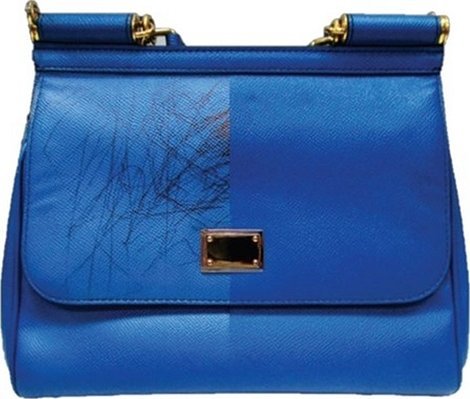
Bag with full surface restoration
How to use liquid leather
Dry paint does not pose a health hazard, but it is worth following some safety rules:
- It is better to use medical gloves when working;
- Avoid contact with eyes;
- Do not allow skin to come into contact with uncured material;
- This product is poisonous and may be dangerous;
- Keep jars with the composition out of reach of children and animals;
- If liquid leather gets on your skin, rinse the affected area thoroughly under running water;
- Be careful when using the product on synthetic fabrics that imitate leather.
Don't worry, you don't need any special skills or experience to paint over damaged areas. Just degrease the surface, apply the product and let it dry thoroughly.
If you can't find a piece of material to patch a cut or scratch, use an inconspicuous spot on the item. Drop a little acetone on the inside of a jacket or boot to dissolve the leather. Then carefully scrape the material off and transfer it to the desired location with a spatula. Once the surface is dry, polish it with a soft cloth and apply the desired color mass.
Keep in mind! The painted surface acquires the properties of real leather only after complete drying. All necessary tips on using liquid leather can be found in the manufacturer's instructions.
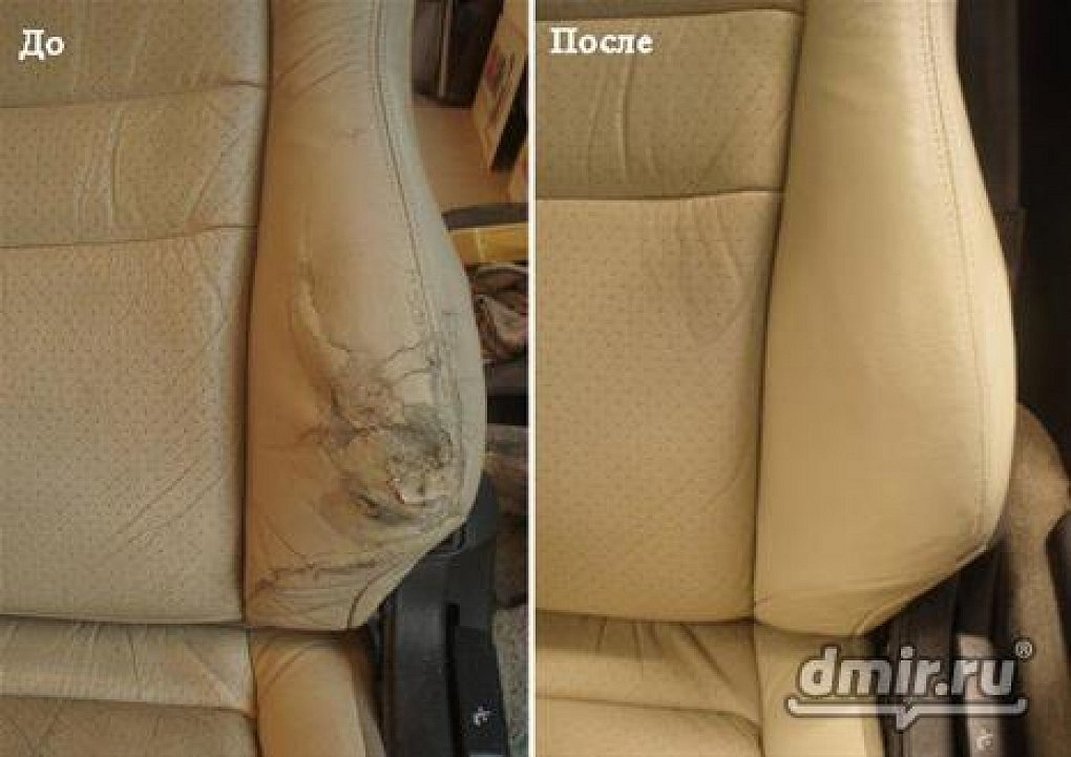
How to Repair Severe Skin Damage
If your leather product has suffered from cuts or tears, do not despair! Restoration is quite possible. You will need a backing: this can be fabric, gauze or a thin piece of leather. The choice depends on the thickness of the product and the nature of the damage.
First, you need to prepare the damaged area: it needs to be thoroughly cleaned and degreased with alcohol. Then carefully glue the backing, smoothing it out from the inside. When the glue is completely dry, it is worth carefully treating the area with a soft sponge. If there is a lack of surface, no problem - you can use a stencil. Just after applying the putty, transfer the texture using a print. Let the area to be restored dry, and then proceed to painting the product.
[caption id="attachment_18466" align="alignnone" width="606"]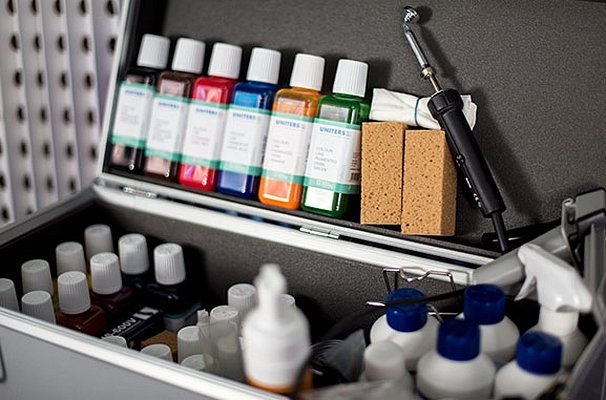 Professional Leather Restoration Kit
Professional Leather Restoration Kit
How to create a design on an uneven surface
If your surface is not perfect and has a texture, do not worry! Just take a napkin soaked in the adhesive solution and carefully apply it to the undamaged area. After drying, it will preserve the original relief of your product. This stencil can be pressed slightly onto the wet putty to get a beautiful imprint. Now the textured side is restored, and you can safely apply a layer of paint!

Skin Repair After Cigarette Burn
If your leather has cigarette butt marks, the easiest way to restore it is to carefully sand the top layer. Then apply putty to the damaged area: do this in several layers, do not forget to wait between them for each layer to dry. When the last layer is ready, carefully remove the excess mass with a soft cloth. This method of returning the product to its original appearance is really simple and accessible to everyone!
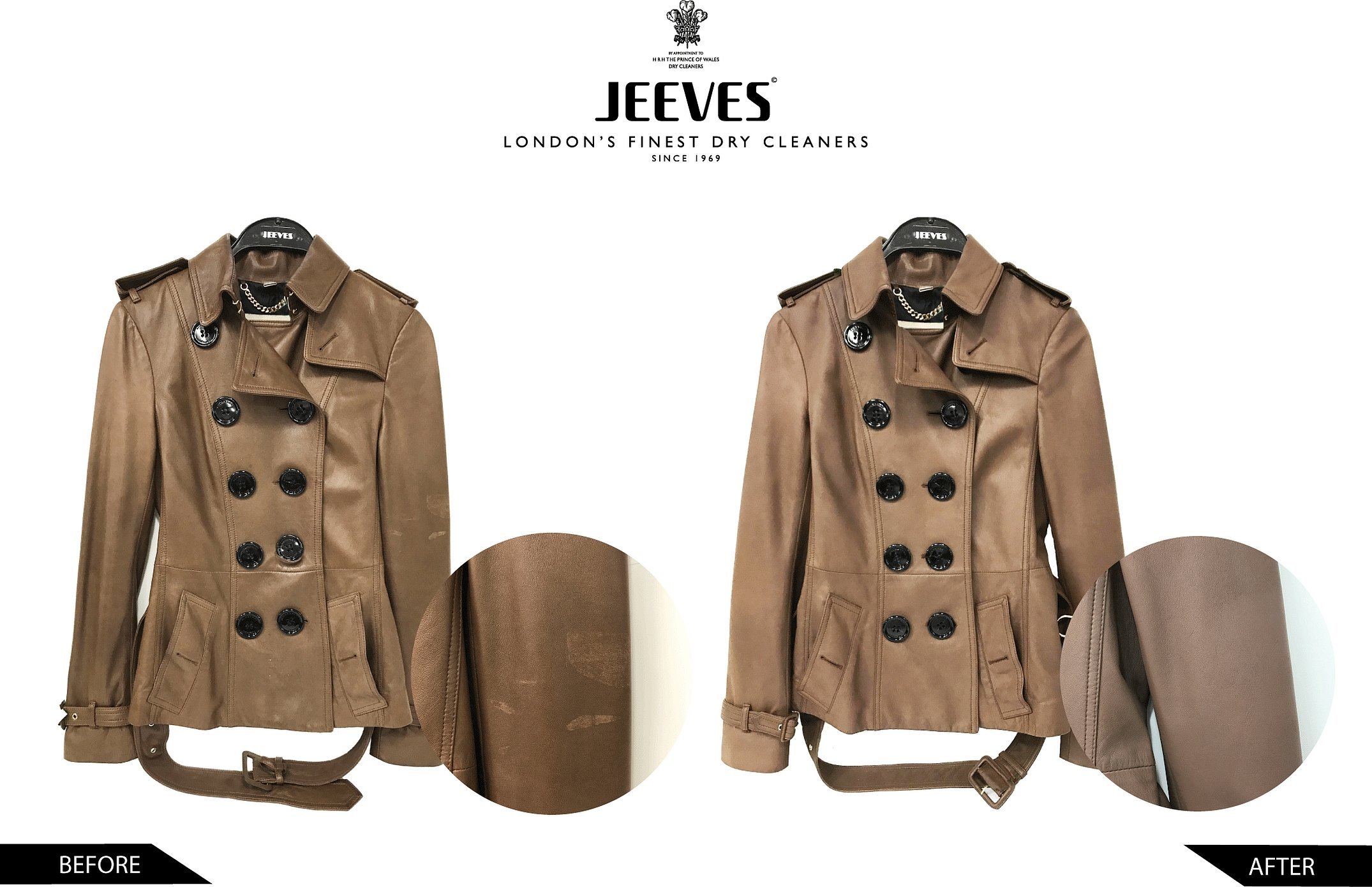
The repair methods that our grandmothers used are still relevant and effective. Whether the toes of your favorite shoes are worn down, your sofa is scratched, or your jacket has lost its neat appearance, you can restore all of this yourself. No need to spend money on a complete repair: you can do it yourself!
Here, for example, is a useful video: We invite you to take a look!


